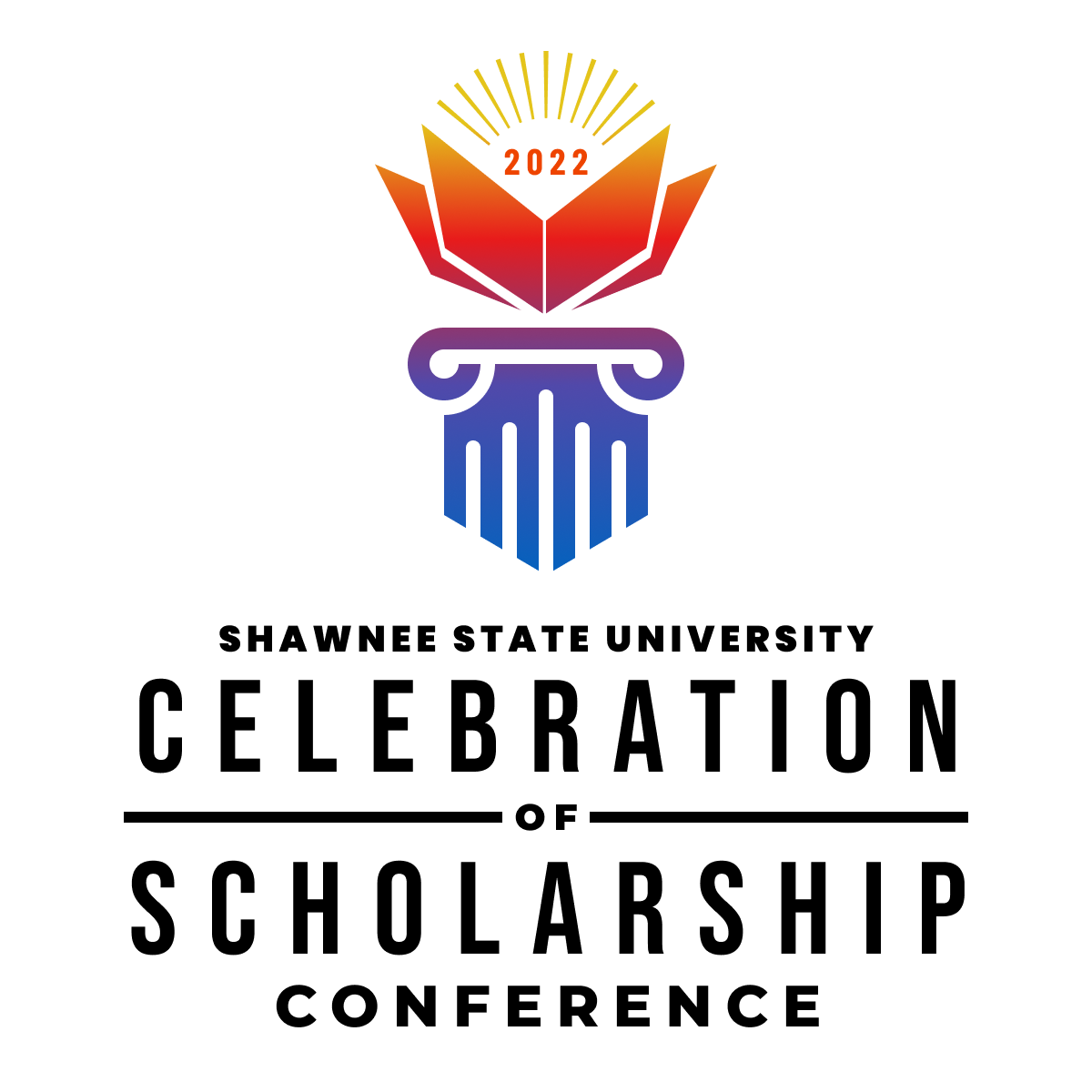
Thursday, 4/7/2022
Loading...
University
Shawnee State University
Major
Masters of Occupational Therapy
Presentation Types
Poster Group Presentation (Live)
Keywords:
occupational therapy student, clinical reasoning, problem solving
Abstract
A pre-experimental, quantitative, descriptive study was completed to identify patterns of the problem-solving strategies used in the clinical reasoning process by Master of Occupational Therapy students during level II fieldwork placement. The research team developed a survey including seven demographic questions with twelve problem-solving strategy questions created around the concepts of: algorithm, heuristic, trial and error, and insight. The survey was created in SurveyMonkey and the link to the survey was sent to 3 Master of Occupational Therapy programs. Only students who have completed level II fieldwork placement, and prior to taking the national board certification exam were included. Eleven occupational therapy students completed the survey. Survey results found the pattern of trial and error as the most used problem-solving strategy and heuristic as the least. Results of this study suggest further research exploring the gap in knowledge of the clinical reasoning use of occupational therapy students.
Human and Animal Subjects
yes
IRB or IACUC Approval
yes
Faculty Mentor Name
Anne Marie Allen
Faculty Mentor Title
MOT, OTR/L Assistant Professor
Faculty Mentor Department
Rehabilitation Therapies
Second Faculty Mentor
Christine Raber
Second Faculty Mentor Title
PhD, OTR/L Interim Associate Provost Professor, Occupational Therapy
Second Faculty Mentor Department
Rehabilitation Therapies
Recommended Citation
Kelp, Jacob; Eldridge, Ashley; Palazzo, Alexis; Nieves, Audra; Bolen, Katlynn; and Allen, Anne Marie, "Master of Occupational Therapy Students’ Use of the Problem-Solving Strategies of Clinical Reasoning Identified Following Their Level II Fieldwork" (2022). Celebration of Scholarship. 4.
https://digitalcommons.shawnee.edu/cos/2022/day4/4
Master of Occupational Therapy Students’ Use of the Problem-Solving Strategies of Clinical Reasoning Identified Following Their Level II Fieldwork
A pre-experimental, quantitative, descriptive study was completed to identify patterns of the problem-solving strategies used in the clinical reasoning process by Master of Occupational Therapy students during level II fieldwork placement. The research team developed a survey including seven demographic questions with twelve problem-solving strategy questions created around the concepts of: algorithm, heuristic, trial and error, and insight. The survey was created in SurveyMonkey and the link to the survey was sent to 3 Master of Occupational Therapy programs. Only students who have completed level II fieldwork placement, and prior to taking the national board certification exam were included. Eleven occupational therapy students completed the survey. Survey results found the pattern of trial and error as the most used problem-solving strategy and heuristic as the least. Results of this study suggest further research exploring the gap in knowledge of the clinical reasoning use of occupational therapy students.

